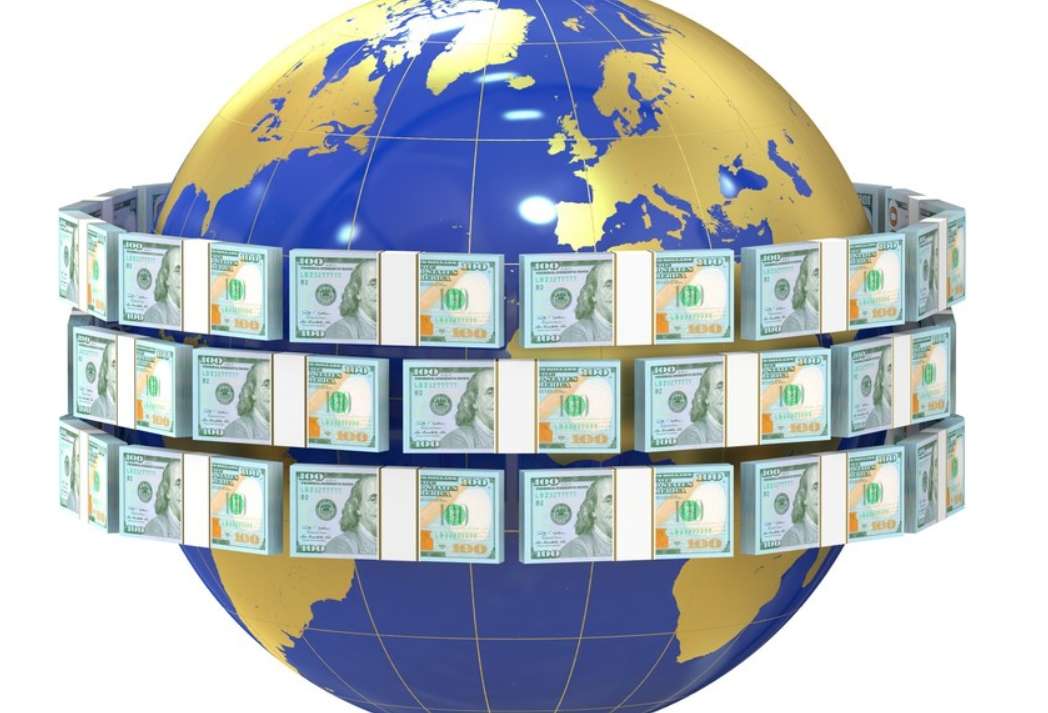The Illusion of the Dollar and America
Advertisements
In recent testimony before Congress, the U.S. Treasury Secretary emphasized the critical importance of the dollar maintaining its status as the world's reserve currency. This statement is reflective of a broader strategic aim that underpins U.S. economic policy, suggesting that the administration will continue to push the dollar's global influence, much like the significant surge seen in gold prices over the last year. This strategy is propelled by factors such as de-dollarization worldwide and the consequent shifts in the international monetary landscape.
Since January 2022, the dollar has appreciated by approximately 15% against the currencies of developed nations. The U.S. dollar index, which tracks the dollar's value against a basket of six major currencies, has been on the rise since the beginning of 2025. This backdrop is crucial to consider, especially in light of the Federal Reserve’s decisions on interest rates and balance sheet normalization.
A less overt phenomenon has emerged as the U.S. continues to export its dollars abroad, despite this not being categorized as quantitative easing by the Federal Reserve. This process underscores a significant flow of money in international markets, further solidifying the dollar's standing in global finance. It's a testament to the sophisticated maneuvering of the United States in managing its currency.
The impact of the dollar is strikingly illustrated through the economic conditions in Mississippi, the poorest state in America. Here, the per capita income in dollars surpasses that of countries like the United Kingdom, France, Italy, and Japan, approaching, but not quite reaching, that of Germany. Additionally, salaries for gas station managers in the U.S. have been known to outstrip the earnings of many doctors throughout Europe. These anomalies highlight a critical reality: the dollar is arguably overvalued, even as American economic indicators present a facade of strength—boasting robust GDP growth, elevated inflation, high interest rates, and a resilient dollar.
It is well acknowledged that these economic reverberations stem from the U.S.'s expansive monetary policies, with a substantial amount of currency printed contributing to a façade of robust economic performance. However, the implications of such practices raise questions about sustainability. If the U.S. accumulates an unsustainable debt load, it may eventually hit a fiscal breaking point where it can no longer indulge in high levels of spending.

Imagine for a moment that the U.S. embarks on a financial consolidation program, reducing its fiscal deficit—which currently sits at around 6-7% of GDP—to the Maastricht Treaty’s prescribed upper limit of 3%. What would be the repercussions for both the U.S. economy and the future trajectory of the dollar? Currently, federal spending accounts for approximately 23% of GDP, while revenue lingers at just 17-18%, a figure that has remained stable for over thirty years. Since the early 21st century, federal expenditures have surged from around 19% of GDP, spiking to 23% during the global financial crisis and COVID-19 pandemic, with projected averages of around 26% between 2021 and 2024. Such persistent budget deficits, relying on continuous borrowing, are exacerbating inflationary pressures within the U.S. economy, and awareness of this untenable cycle is growing among various domestic stakeholders.
To put this in perspective, since the turn of 2019, cumulative inflation in the U.S. is around 24%, while Japan’s remains significantly lower at approximately 10%. This elevated inflation not only diminishes the actual income of American households but also effectively weakens the purchasing power of the dollar itself.
Even Americans recognize the precariousness of their fiscal situation. The former issue of overproducing dollars inevitably permeates economic operations; thus, the inflationary trends paint a sobering picture of economic reality. From a bilateral perspective, economists assert that the dollar appears overvalued against several currencies: estimated to be valued at 15% higher against the euro, 24% higher against the pound, 9% higher against the yuan, and 53% higher against the yen.
What does this mean? Although the dollar seems to be strong and valuable on the surface, the actual value is much more nuanced and complicated. Therefore, assessing U.S. economic strength solely based on recent GDP advances can be misleading; alternative metrics, such as purchasing power parity, may present a more accurate picture, particularly over the past two to three years.
In recent times, the dramatic spikes in U.S. GDP have created a superficial image of a flourishing economy, which, in turn, has driven up the attractiveness of U.S. debt instruments. However, underlying this growth is a degree of deception, provoking the notion that Washington could effortlessly meet its debt obligations.
Amidst the evolving international economic landscape, the movement towards de-dollarization reveals a paradox: while the dollar accounts for approximately 59% of global foreign exchange reserves and engages in nearly 88% of the world’s foreign exchange transactions, one must ponder the increasing global reserves of gold. What do these growing gold reserves signify in context?
Currently, there are no direct threats to the dominance of the dollar as a leading currency, yet the increasing number of nations contemplating reducing their reliance on dollar transactions signifies a shift towards a more multipolar world economy. This broader movement embodies both a challenge and a potential crisis for both the dollar and the United States, encapsulating fears about its enduring dominance in the face of emerging alternatives.